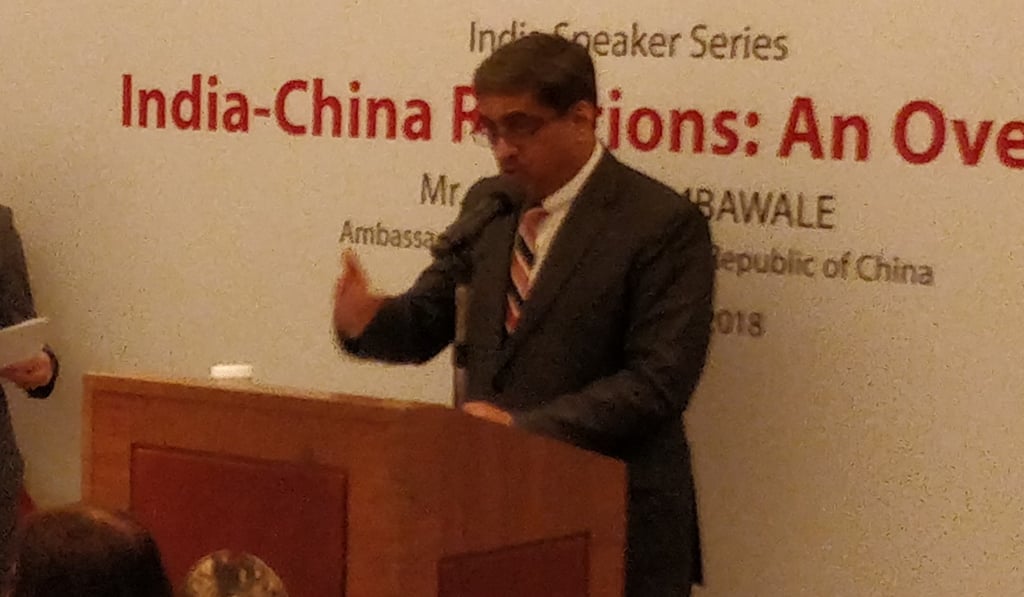Doklam dispute keeps Sino-Indian relations ‘challenging’, ambassador tells Hong Kong
The dangerous border row could take days or decades to resolve, the diplomat says, but adds it does not stand in the way of bilateral talks

The dispute over territorial limits in the Doklam region remains the top source of friction between India and Beijing, the visiting Indian ambassador to China said Monday even as he insisted bilateral ties were not being held hostage by that one issue.
In his first official visit to Hong Kong since becoming India’s point man in China last October, Gautam Bambawale also reiterated his government’s sharp reservations over the China-Pakistan Economic Corridor (CPEC) – viewed by New Delhi as an affront to Indian sovereignty.
The veteran China hand however said there were silver linings in the relationship after a “challenging” 2017.

The rise of China’s Xiaomi as the top smartphone brand in India and the roaring success of the Bollywood film Dangal in China were evidence that ties were thriving despite the Doklam crisis, the Indian envoy told an audience of business leaders at a lunch time lecture organised by the Asia Society Hong Kong Centre.
“If the ‘boundary question’ as India calls it could be resolved, I don’t see other difficulties between India and China,” Bambawale said. “Both of us have given it very high priority. It is the number one priority because we realise this is the one issue which really separates us.”